Hardwood Floors from Hell
Jane C.
5 years ago
Featured Answer
Sort by:Oldest
Comments (18)
Jane C.
5 years agoRelated Discussions
engineered hardwood floor over old hardwood floor
Comments (14)You need to do a little more archeological digging still. You need to know the whole construction of the floor before you can decide how best to install something new. I'd take up that plywood piece in the kitchen and see what's under it. It's higher than the surrounding floor, so needs to go. You should also be able to see from there what subfloor is under the original kitchen hardwood. It's too bad the space under your entryway is finished, but I'd still do some exploring from below to see what's under there, and to figure out the fix to stop it from squeaking. Is it drywall below or a drop ceiling? I know it probably seems like a pain to tear out drywall, but if you cut out a clean patch, like 2' x the width of the joists, it'll be relatively simple to repair. Just make sure to cut it down the center of the joists so that there's room to screw the patch piece to it later. Cut the hole under the area that squeaks the most, if you can. Have someone walk on and watch the floor from below to see what's moving. It might be as simple as pounding in a couple shims from below, or face-nailing a loose board from above. You want to find out what's underneath the hardwood. It might be laid directly on the floor joists, or there might be 10" wide boards that the hardwood is nailed to. Another thought is to take out a board in the hallway, since that's not original and you want to replace it. See what the subfloor is there. I am a bit puzzled at why, when you've stripped the kitchen down to the original hardwood, it's still higher than the hallway floor. Is your current surface perhaps not the original kitchen hardwood? Peeling back the plywood area will help determine that. BTW, I haven't heard of that stop squeaking product you linked to, so can't offer any personal opinion. And don't pour self-leveling compound over top of hardwood. It needs to go over plywood....See MoreOiled hardwood floors from PG Hardwood Flooring
Comments (0)Has anyone installed PG Hardwood oiled flooring - colour "Hangar"? If so I'd love to see pictures of how it turned out. Also looking for thoughts on oiled vs. Urethane coating. I love these boards, but it's only available in oiled finish......See MoreRemoving floor glue from new hardwood floors
Comments (2)G&S said it all except to be sure that the adhesive didn't etch the surface. If it did there will still be marks after the adhesive is removed. That said, you can try mineral spirits first without harming the finish (assuming it's urethane finish). If a customer calls me and says there's glue on the floor I send someone out to clean it....See MoreShellac over hardwood floor? LVP over hardwood?
Comments (0)I am thinking about using a shellac finish and sealer on this hardwood, which will be the floor for a kid's room. This Bullseye traditional finish and sealer product from Zinsser seems widely used and well liked: https://www.lowes.com/pd/Zinsser-Bulls-Eye-Clear-Shellac-Actual-Net-Contents-32-fl-oz/3449840 This particular product says it is clear, and I think there is an amber tinted version. Can shellac be applied without problems to hardwood? I believe I could put poly on top of the shellac and be done. Is this right? Any tips or warnings? There is also this Sealcoat by Zinsser, which does not appear to be shellac based. https://www.amazon.com/Rust-Oleum-Zinsser-854-Sealcoat-Universal/dp/B000C02BXW/ref=sr_1_3_mod_primary_new?dchild=1&keywords=zinsser+shellac+sealer&qid=1610393849&sbo=RZvfv%2F%2FHxDF%2BO5021pAnSA%3D%3D&sr=8-3 Would the Sealcoat be a better option to just put over the hardwood? I have read elsewhere that shellac can be applied over poly, which is good since I don't know what is on the existing floor. Other places say shellac could be sanded after application, so when we have a chance to completely sand and refinish this floor, I would probably want to do this. Does this sound like an acceptable temporary fix, or is there something I should consider before proceeding? Would shellac ruin or damage the hardwood. I am also thinking about LVP, but I am concerned this hardwood floor is not flat enough for that. I understand the subfloor for LVP must be 3/16" within about a 1 foot diameter to work. Any ideas about this? Is there a way eyeball this floor to determine whether click LVP could be put down? Thanks!...See MoreJane C.
5 years agoJane C.
5 years agoJane C.
5 years agoJane C.
5 years agoJane C.
5 years ago
Related Stories

REMODELING GUIDESTransition Time: How to Connect Tile and Hardwood Floors
Plan ahead to prevent unsightly or unsafe transitions between floor surfaces. Here's what you need to know
Full Story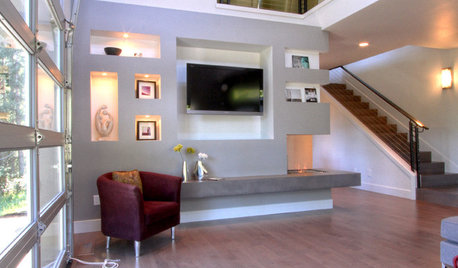
REMODELING GUIDESContractor Tips: Smooth Moves for Hardwood Floors
Dreaming of gorgeous, natural wood floors? Consider these professional pointers before you lay the first plank
Full Story
HOUSEKEEPINGHow to Clean Hardwood Floors
Gleaming wood floors are a thing of beauty. Find out how to keep them that way
Full Story
MATERIALSWhat to Ask Before Choosing a Hardwood Floor
We give you the details on cost, installation, wood varieties and more to help you pick the right hardwood flooring
Full Story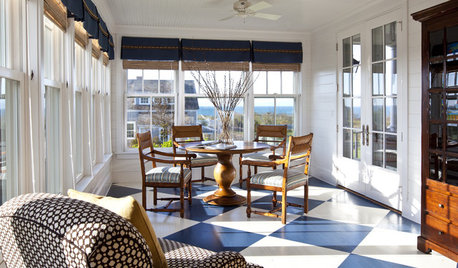
FLOORSHow to Paint Your Hardwood Floors
Know how to apply nail polish? Then you can give your wooden floors a brand-new look
Full Story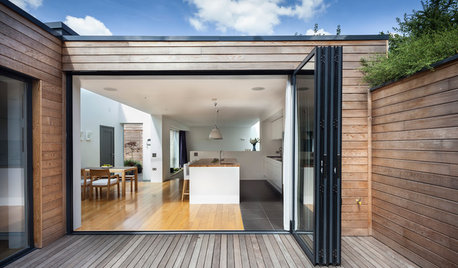
FLOORS9 Ideas to Take Your Flooring From Indoors to Outdoors
Enhance that sense of being connected to the garden with flooring that stretches from the inside out
Full Story
REMODELING GUIDESYour Floor: An Introduction to Solid-Plank Wood Floors
Get the Pros and Cons of Oak, Ash, Pine, Maple and Solid Bamboo
Full Story
DECORATING GUIDES9 Tasteful Ideas for Traditional Living Room Floors
From a crisply styled area rug to beautifully bare hardwood, these flooring ideas will keep your living room clean and classic
Full Story
GREAT HOME PROJECTSWhat to Know Before Refinishing Your Floors
Learn costs and other important details about renewing a hardwood floor — and the one mistake you should avoid
Full Story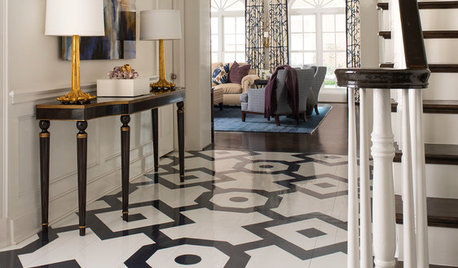
FLOORS6 Alternative Flooring Ideas to Kick Up Your Style
Rubber, cork, concrete and other materials are worthy options in lieu of hardwood or tile
Full Story


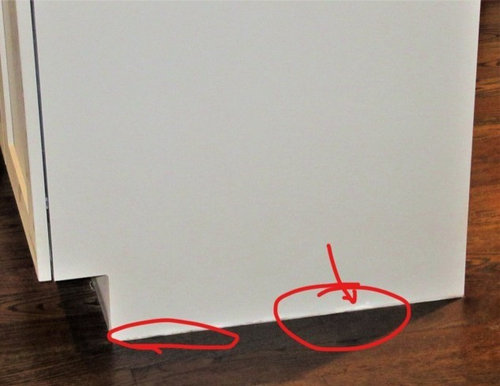
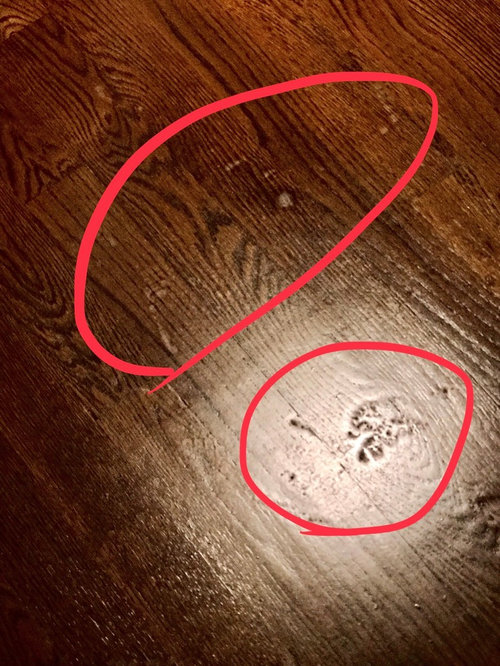
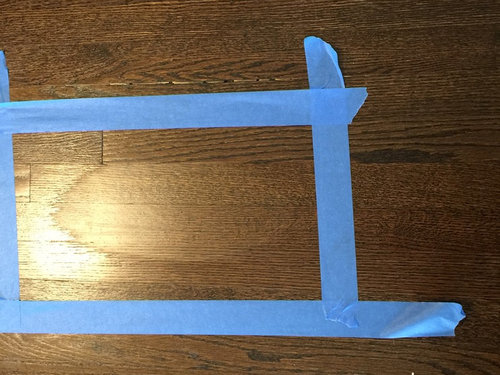
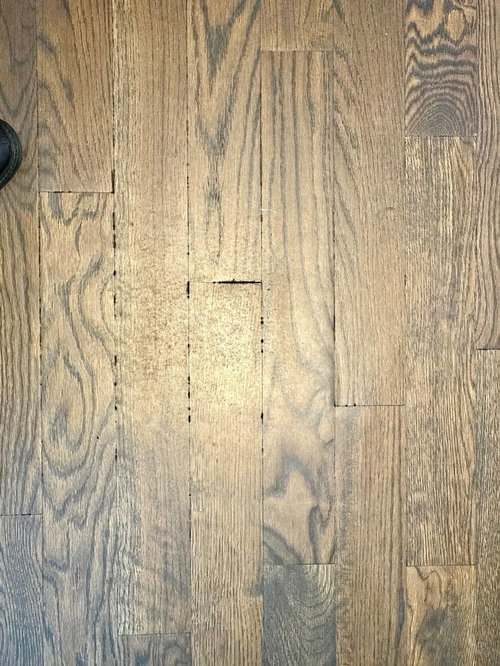
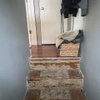

StevePA6a